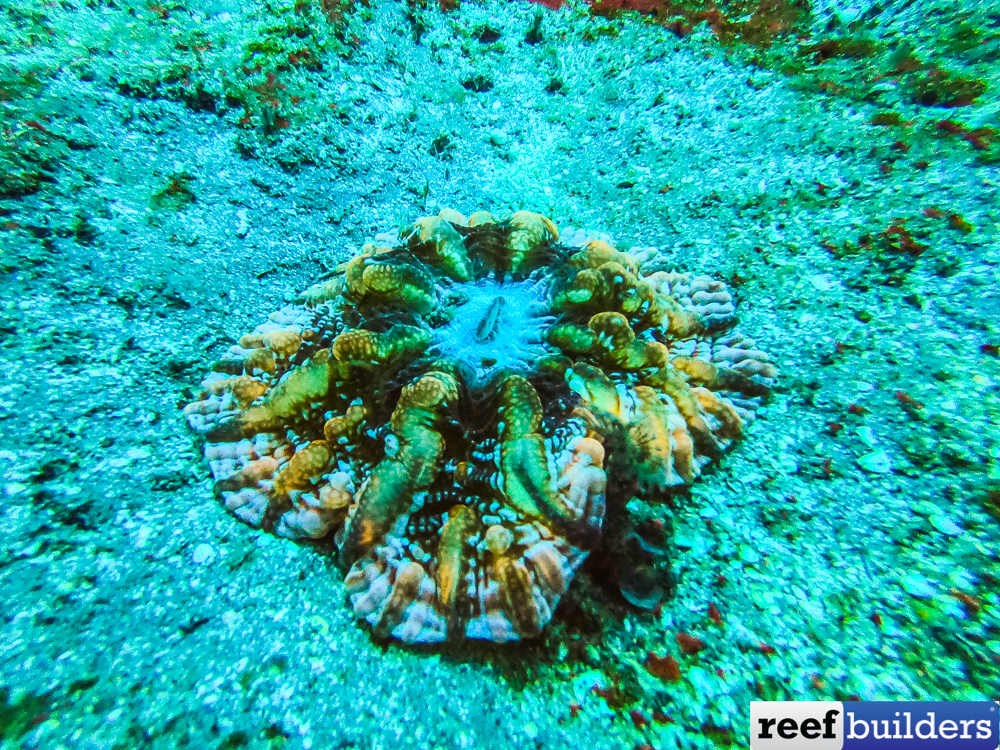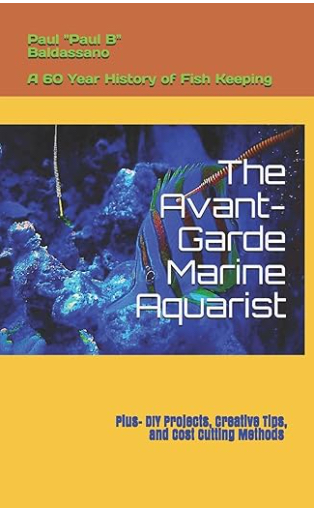Hi everyone,
I recently acquired this specimen without any labeling at the store. From the transparent flesh I’d thought it to be more of a Cynarina but is definitely missing the fluffy creases/folds typical of a Cynarina. The overall shape resembles an Acanthophyllia. Can anyone help ID this for me? TIA

I recently acquired this specimen without any labeling at the store. From the transparent flesh I’d thought it to be more of a Cynarina but is definitely missing the fluffy creases/folds typical of a Cynarina. The overall shape resembles an Acanthophyllia. Can anyone help ID this for me? TIA


